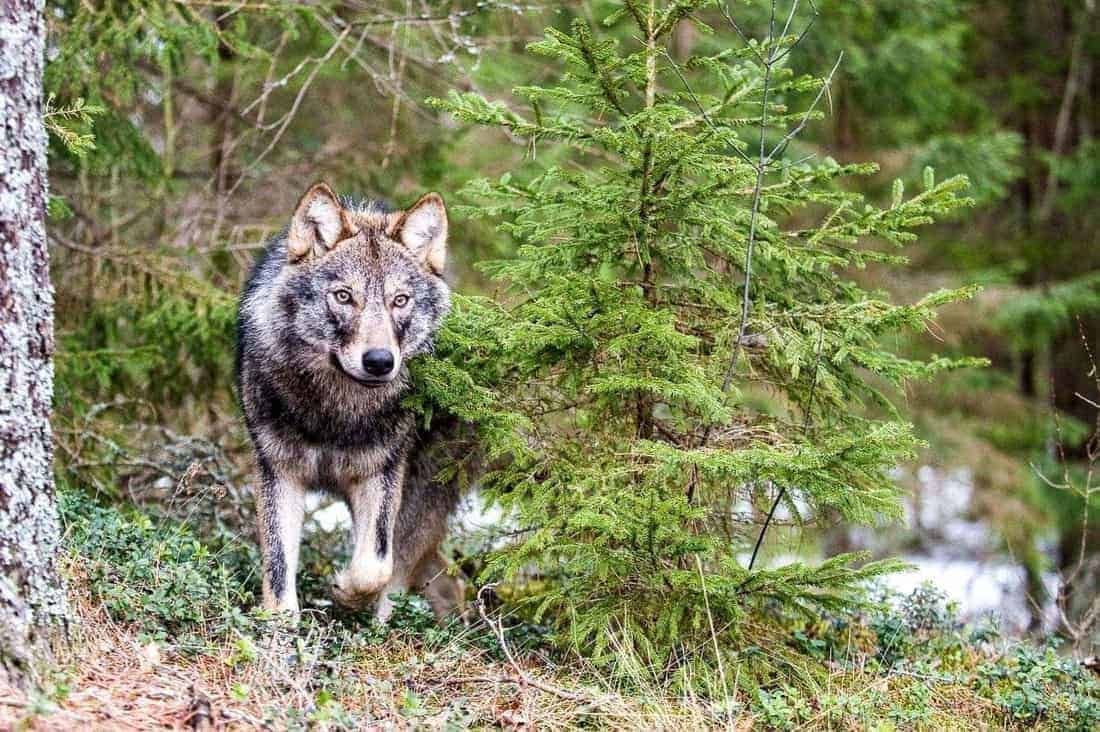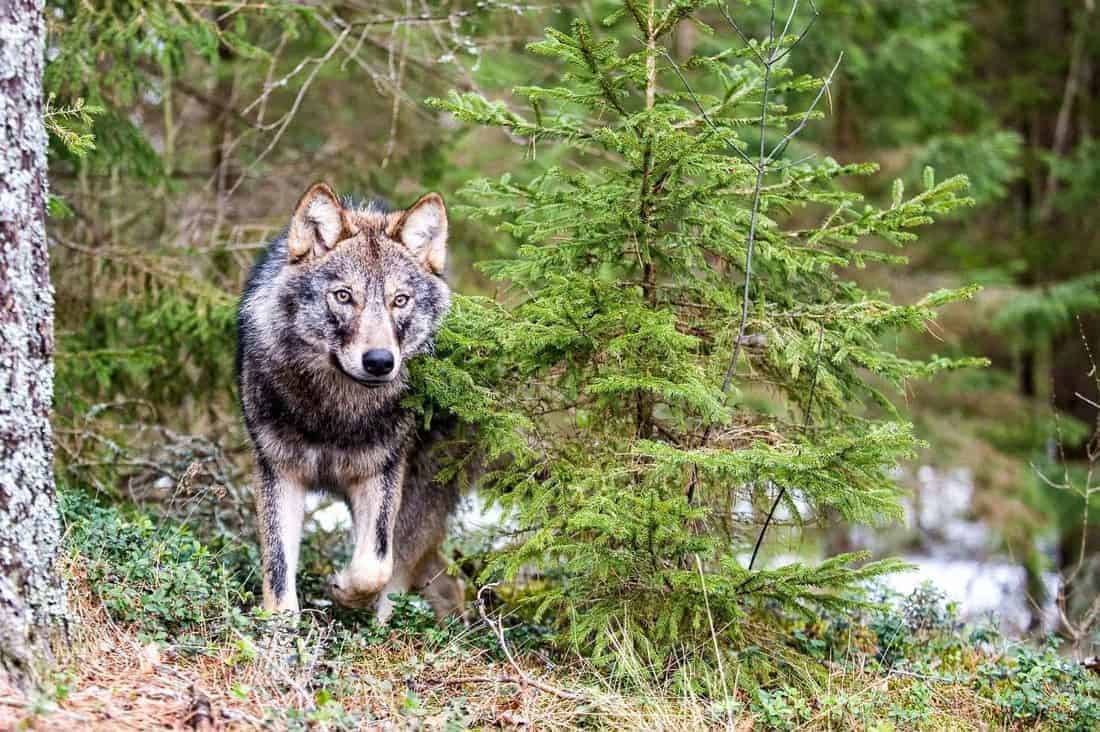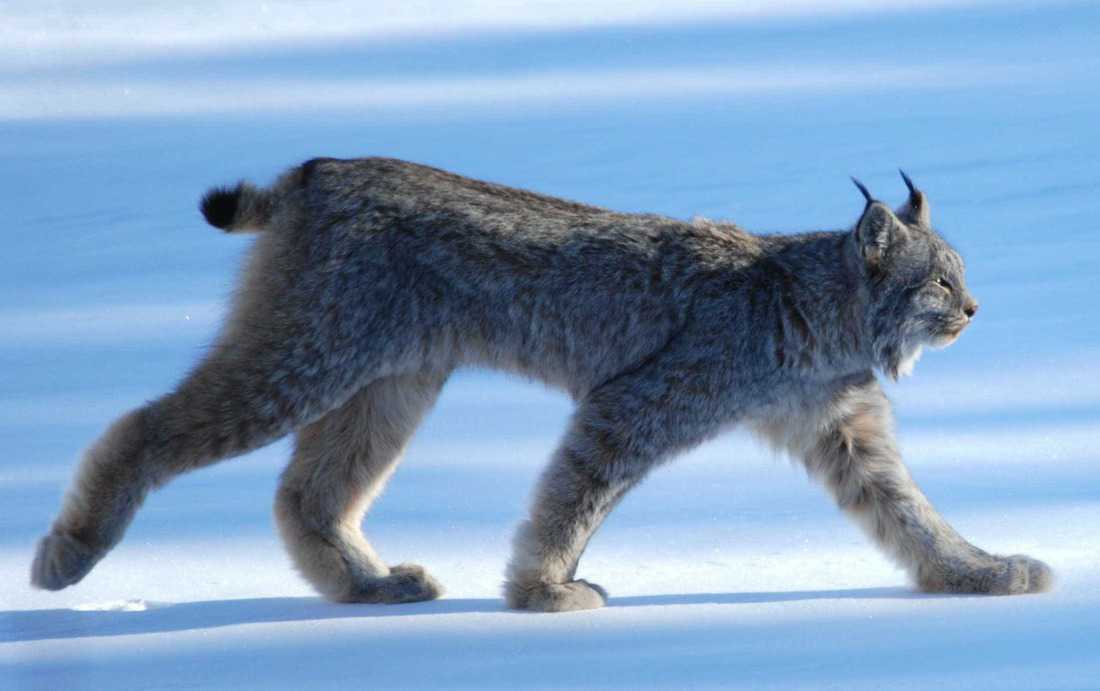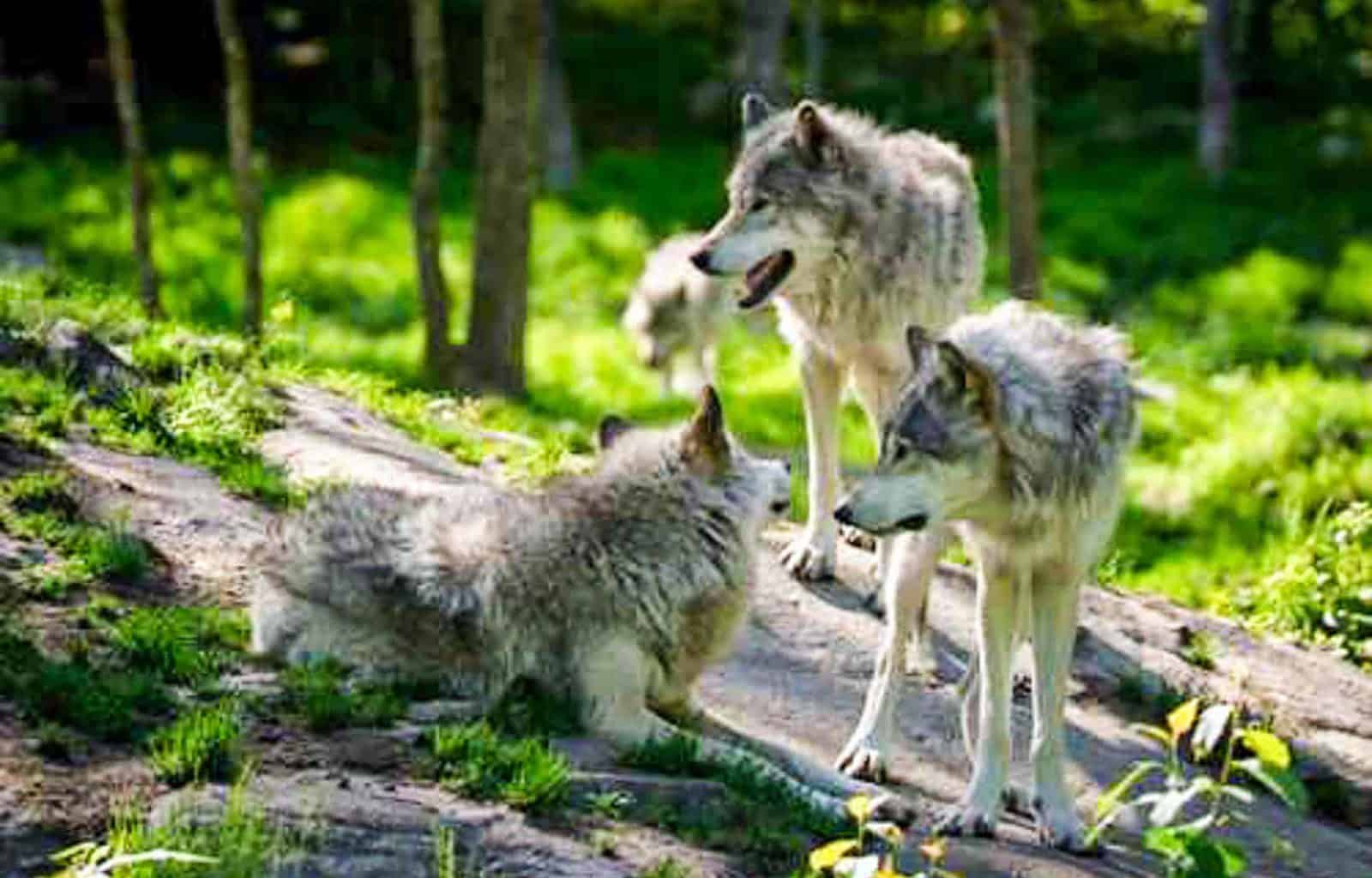A curious case of disappearing wolves
Young wolves can cover great distances when looking for a new place to settle. People have tracked individual wolves that travel several hundreds, sometimes thousands, of kilometres in a short period of time. When such a wolf shows up in one place, it can disappear as easy as it appeared. But for settled wolves, this is different. Nevertheless, settled wolves seem to disappear too, but because of people.
Please also read: Allowing culling increases poaching
Disappearing wolves in Denmark
Two years ago, this video made headlines all over the world. It shows how a Danish hunter illegally shot a wolf in broad daylight. At the time, this was one of the best video evidences of wolf poaching, happening in Europe. Unfortunately, many wolves seem to disappear in Denmark. As the number of wolves in Denmark is still small, the disappearance of individuals can have a big impact on the population.
Wildlife activists have reached out to the authorities to investigate the situation better and improve the wolf’s protection. Especially in Western and Central Jutland, wolves seem to basically ‘evaporate’. This year alone, two male wolves (GW1156m and GW1169m) vanished off the radar. Another seven wolves were suddenly not present anymore over the course of the past eight years (2015: GW259; 2017: GW373m, GW675f, GW1238m, and 2 pups; and 2018: GW491m).
The Swedish Black Hole
Other researchers also investigated the disappearance of wolves in Sweden. Earlier this year, they published their study in the journal Biological Conservation, describing how wolf poaching rates relate to population size and legal culling. The Swedish wolf population suffers from poaching dramatically. During the study period, the poaching rate seemed to be 12% on average. The researchers found this percentage, based on a carefully evaluated assumption that most disappeared wolves were poached. The study also found that poaching increases when population size increased. On the other hand, legal culling seems to negatively impact poaching rates in Sweden. The effect of legal culling on poaching rates thus seems to vary between countries.
One of the Swedish counties, Dalarna, has got the nickname ‘the Black Hole’. The problem with poachers here is big and it seems that hunting organisations don’t do anything about it.

Another study looked at areas in Sweden where, from a human perspective, wolves would be able to resettle without causing much conflict. The results of the study suggest that the best parts of Sweden for the wolves to repopulate are in the north, outside of the reindeer grazing zone. The northern parts of Sweden are also less densely populated, reducing the potential for conflict situations between humans and wolves.
What does the future hold?
The disappearance of wolves has a negative impact on the population’s survival in the future. A healthy wolf population needs sufficient individuals to maintain sufficient genetic variability, just as any other species. Due to the high poaching rates, studies already found that the Scandinavian wolf population differentiated from the Finnish wolf population as well. Reason for this is that there was virtually no gene flow between the populations any more.
Some people use fact that genetic variability is low as an argument to continue to kill wolves. Keeping population numbers low will prevent individuals mating with close relatives, they say. Meanwhile, poaching in the region prevents new wolves from outside regions, like Russia, to settle and increase the genetic variability. In addition, the wolves living in designated wolf-zones are not even safe any longer in Norway. More and more people realise that the situation is critical, as the international demand to stop culling and poaching of wolves grows. After all, the wolf remains a protected species in the EU.








I can confirm that legal culling seems to negatively impact poaching. On the basis of long term experience from Poland, during the period when wolves were legally culled, there were practically no cases of poaching recorded. At that time there was a sort of a competition among hunters to show and display best trophies which was impossible with illegal items.
In Poland, after 20 years when the wolf was legally regarded as a pest, only some 100 individuals remained in the whole country. After introduction of the species on the game list in 1975 (with 4 months protective period), the population reached about 900 individuals by the mid 80ties.